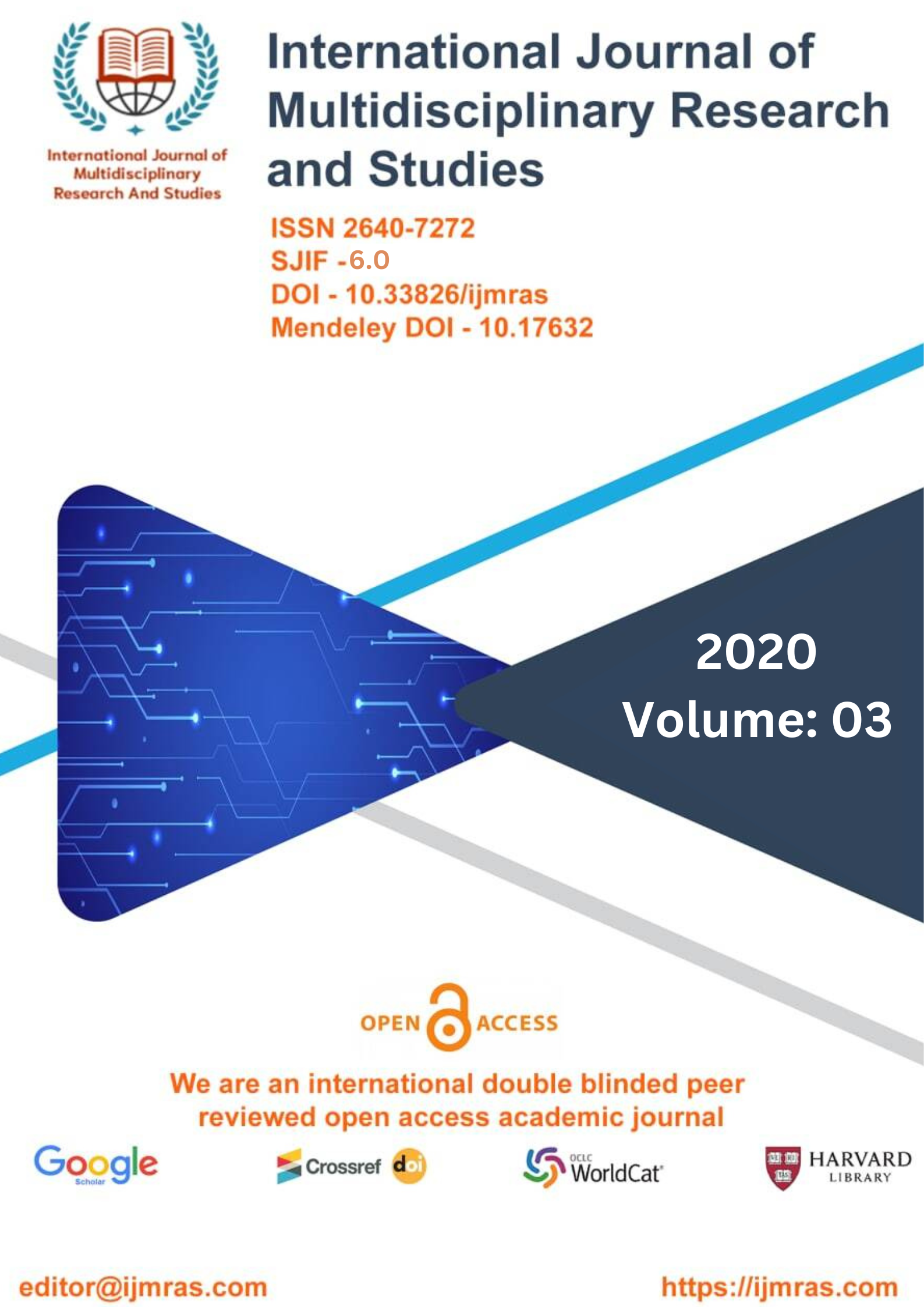ECTO AND ENDOPARASITES IN MULTICELLULAR ANIMALS

Abstract
Regardless of the number, the multiple origins of multicellularity and their subsequent consequences evoke a number of biologically important, but largely unanswered, questions. For example, do multicellular lineages share a common morphological transformational series? What if any are the selection barriers to (and the drivers toward) multicellularity? Were the ancestors of some lineages predisposed to engender multicellular organisms, or is multicellularity the result of random events leading toward larger organisms. We address these features as well. However, our primary objective is to determine, as best as currently possible, whether the evolutionary trajectory toward multicellularity manifests a common trend across as well as within clades and, if so, whether this trend is the result of genomic or physical commonalities among otherwise diverse organisms. Although we discuss trends in the fungal and animal clades, our focus is primarily on plants, which we define broadly as eukaryotic photoautotrophs (Niklas 1997, 2000) to encompass the algae as well as the monophyletic land plants (embryophytes).
Keywords
End parasites, AnimalsHow to Cite
References
Brooks, D.R. & McClennan, D.A. (1991) Phylogeny, Ecology and Behaviour. Chicago University Press, Chicago.
Bryant, C. &Behm, C. (1989) Biochemical Adaptation in Parasites. Chapman & Hall, London.
Cox, F.E.G. (1994) Modern Parasitology: a Textbook of Parasitology. Blackwell Scientific Publications, Oxford.
Douglas, A.E. (1994) Symbiotic Interactions. Oxford University Press, Oxford.
Godfray, H.C. (1994) Parasitoids: Behavioural and Evolutionary Ecology. Princeton University Press, Princeton, NJ.
Marr, J. & Müller, M. (1995) Biochemistry and Molecular Biology of Parasites. Academic Press, London.
Matthews, B.E. (1998) An Introduction to Parasitology. Cambridge University Press, Cambridge, UK.
Poulin, R. (1998) Evolutionary Ecology of Parasites; from Individuals to Communities. Chapman & Hall, London.
Rohde, K. (1993) Ecology of Marine Parasites. CAB International, Wallingford, UK.
Roitt, I., Brostoff, J. & Male, D. (1998) Immunology. Mosby, London.
Rollinson, D. & Simpson, A.J.G. (1987) The Biology of Schistosomes. Academic Press, London.
Shorthouse, J. &Rohfritsch, O. (1992) Biology of Insect-Induced Galls. Oxford University Press, Oxford. Tinsley,
R.C. (ed.) (1999) Parasite Adaptation to Environmental Constraints. Cambridge University Press, Cambridge, UK.
Williams, M.A.J. (1994) Plant Galls: Organisms, Interactions, Populations. Clarendon Press, Oxford.
License
Copyright (c) 2020 MOHAN KUMAR

This work is licensed under a Creative Commons Attribution 4.0 International License.
Individual articles are published Open Access under the Creative Commons Licence: CC-BY 4.0.



